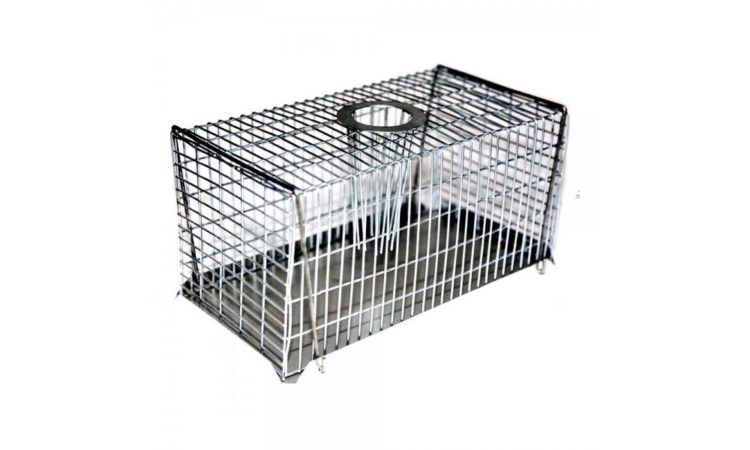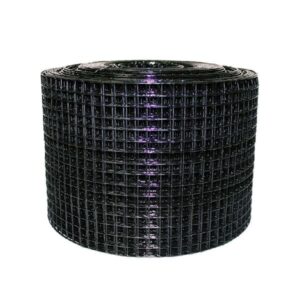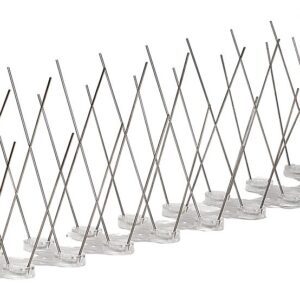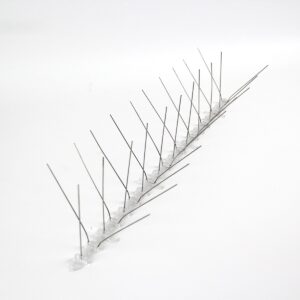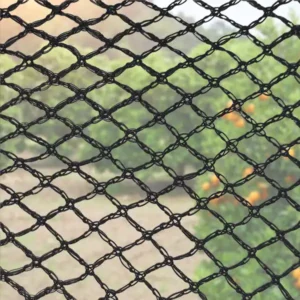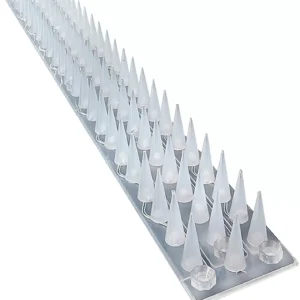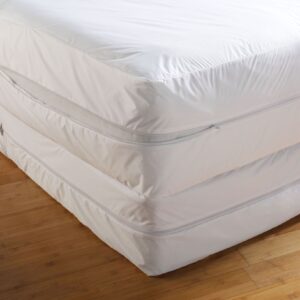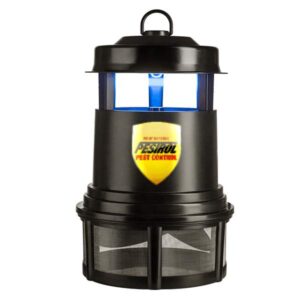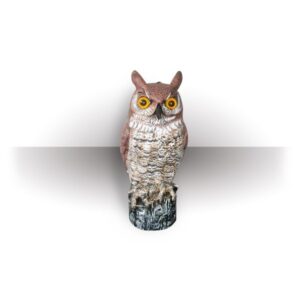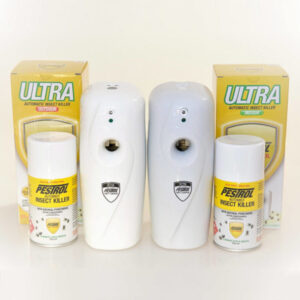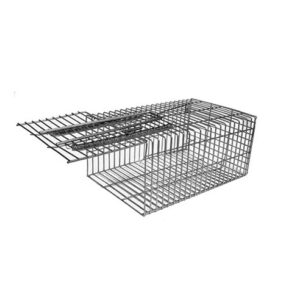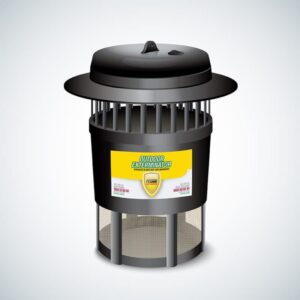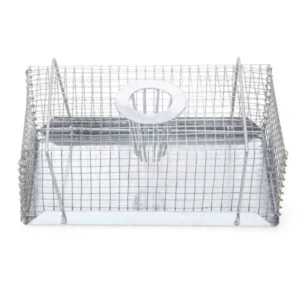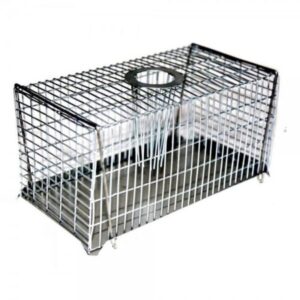This Multi Catch Rat Trap is ideal for the live trapping of multiple mice/rats at one time. The Multi Catch Rat Trap can capture up to 20 mice at one time or up to 5 rats at one time.
The large Multi Catch Rat Trap is made from a strong galvanised mesh and has a metal base plate. The design allows it to be used in small and tight trapping areas.
Can be used in both indoor and outdoor environments. Easy to use, bait, set and release Mice and Rats.
HOW TO TRAP A RODENT
- Make sure you correctly identify the type of rodent prior to setting the trap. Different species of rats & mice have differing habits. Determining the type of rodent can usually be worked out from the damage they are causing, sounds, odour and droppings. Droppings of about 18mm in length indicate the Norway Rat, 12mm for the Roof Rat and 3-4mm for the house mouse.
- The following signs should always be investigated to confirm rat and mouse presence prior to use of LARGE Multi Catch Mouse Trap:
- Runways, showing greasy patches on furniture and walls from the mouse fur
- Urine stains on surfaces of floors and cupboards
- Disappearance and/or nibbling of food
- Noise, often at night, which includes squeaking and fighting
- Nests behind furniture or cupboards made of paper and rags, sometimes snail shells.
- Select the trap which is most suitable for the problem. eg SMALL Pestrol Multi Catch trap for Mice and LARGE Pestrol Multi Catch Mouse Trap for Rats.
- Place LARGE Pestrol Multi Catch Mouse Trap on or very near runways, but not near food or places accessible to children or pets. LARGE Pestrol Multi Catch Trap should never be set in hazardous locations (eg. above foods or food preparation surfaces), to avoid contamination by urine, droppings or blood.
- Bait the LARGE Multi Catch Mouse Trap using an attractant such as raw meat, watermelon, chocolate, peanut butter, apple. The most attractive bait may depend on the particular eating habits of the mice or rats in each particular situation. You may have to experiment in the beginning with a variety of different baits to find out which is most suitable.
- Make sure the LARGE PestrolMulti Catch Mouse Traps are checked daily.
- Wear gloves when handling dead mice and/or used LARGE Pestrol Multi Catch Mouse Trap. Dispose of a dead mouse in the rubbish.
- Carefully wash used and contaminated LARGE Pestrol Multi Catch Mouse Trap.
BENEFITS OF TRAPPING
The use of a Multi Catch Rat Trap is preferred over the use of chemical control methods, such as poisons, for a variety of reasons including:
- For mouse control in premises where inaccessible dead mice cannot be tolerated
- For mouse control in premises where chemical pesticides are not tolerated
- For cleaning up remaining ‘bait shy’ mice after a baiting program
- Trapped mice can be easily disposed of once trapped
- No risk of non-target animals such as cats, dogs, possums eating rodent poisons
- No risk of mice dying and decomposing in inaccessible locations
- LARGE Pestrol Multi Catch Mouse Traps are simple to bait and set in one motion
- LARGE Pestrol Multi Catch Mouse Traps are compact and so can be set in tight places such as in cupboards, behind appliances, under pallets, etc
- LARGE Pestrol Multi Catch Mouse Traps are versatile as they can be used alone or placed inside tamper-resistant bait stations for discreet trapping
PESTROL’S GUIDE TO RATS AND MICE!
Do you have an infestation?
Rats are nocturnal and usually hide from humans, so the typical signs to look for in the home and garden are:
- Scratching noises in walls, under the floor or under decking as rats scurry around looking for food.
- Droppings – rats leave dark, tapered (sausage-shaped) droppings about 1 – 2cm long.
- Distinctive smell – rats leave an ammonia-like smell that will be particularly strong in enclosed areas such as under cupboards, in loft spaces, garages, sheds or under the decking.
- Damage – rats have teeth that grow continuously and gnaw on wood, plastic and even mild steel to keep them trim. Rats can even cause fires by chewing through cables and wiring.
- Ripped food packaging – rats will tear open all types of packaging to find food that may leave teeth marks.
- Nests – rats build nests in warm, hidden places using shredded material such as newspaper, plastic and fabrics. Nests will often contain young rats.
- Burrows – In gardens, rats will dig burrows especially in compost heaps or under sheds. They will also build nests under garden decking.

